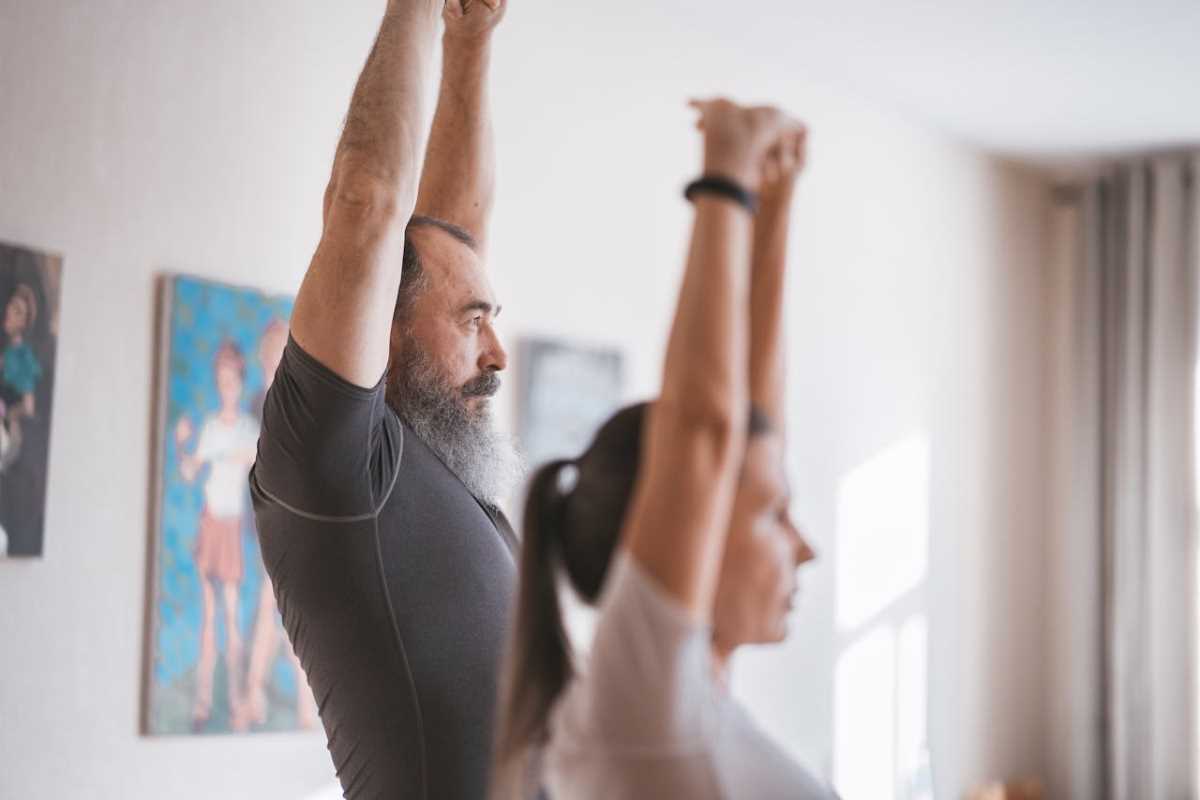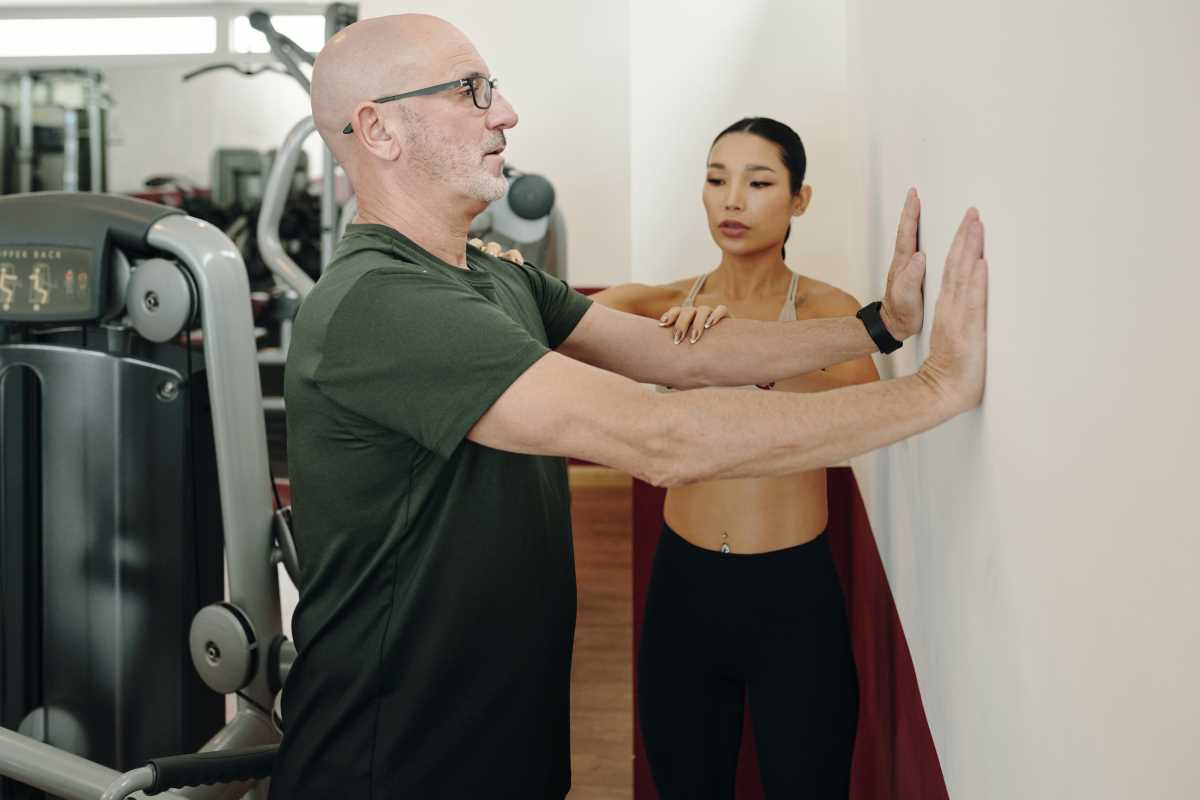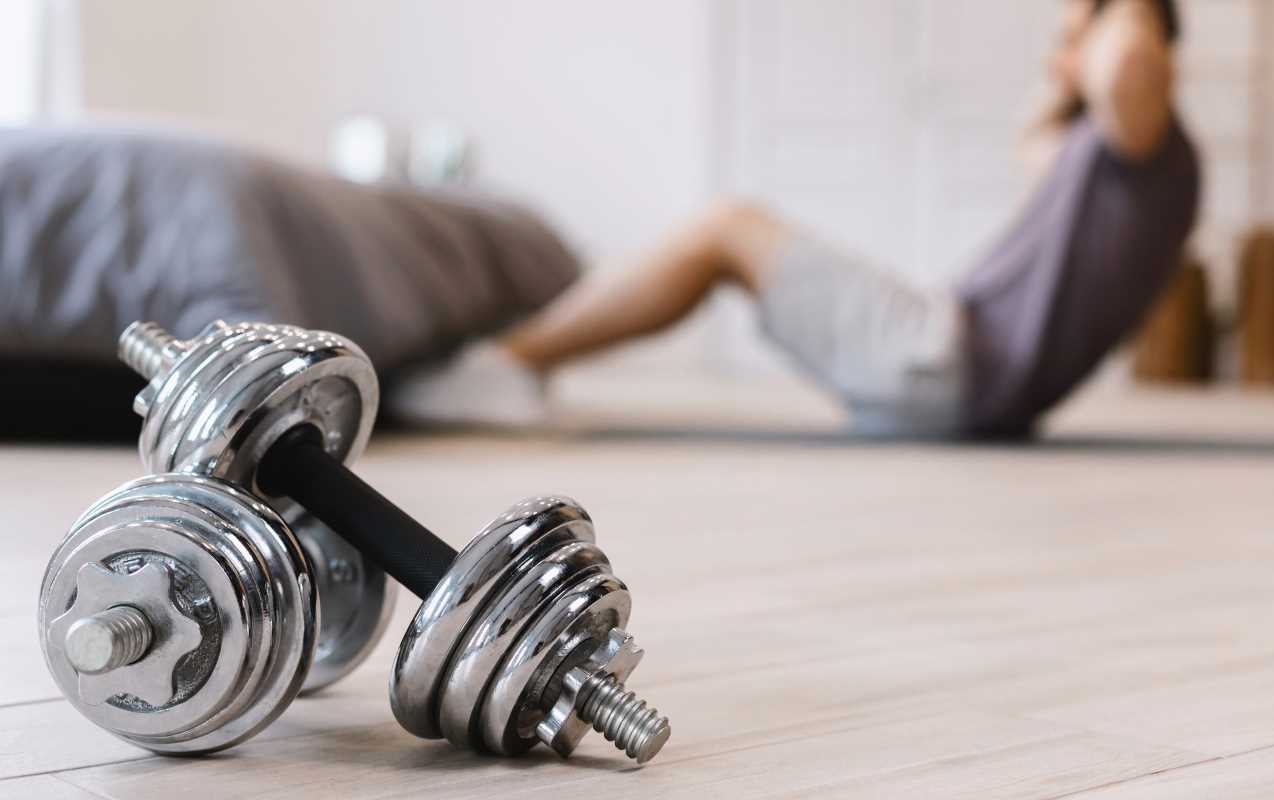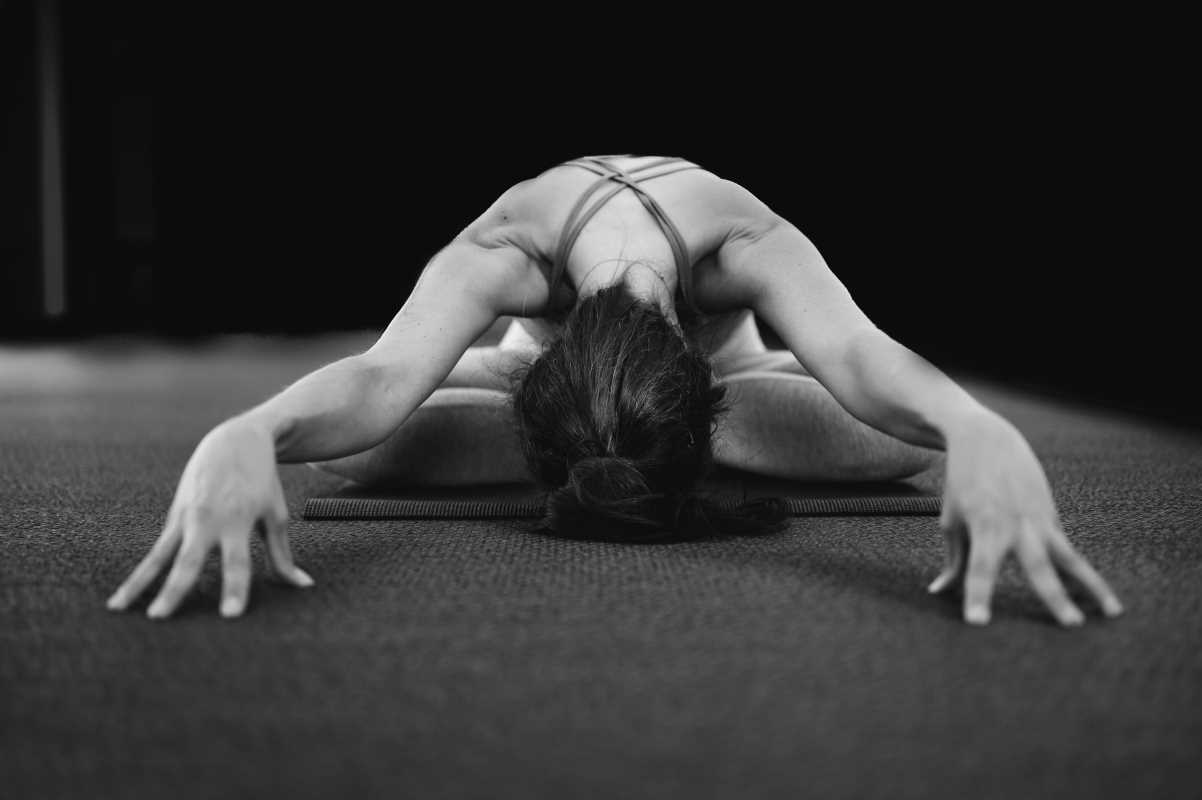If you’re looking for a workout that packs a punch without taking over your entire day, circuit training might just be your new best friend. It’s quick, effective, and checks all the boxes for a complete workout. Whether you’re short on time, hoping to spice up your routine, or just ready to sweat, circuit training delivers a full-body burn that leaves you feeling stronger and more energized.
What is Circuit Training?
At its core, circuit training is a workout that cycles through a series of exercises targeting different muscle groups. Each exercise is performed back-to-back with little to no rest in between, and once you’ve completed all the moves, that’s one circuit. The best part? You can repeat the circuit as many times as you like, based on your time and fitness level.
What makes circuit training truly shine is its blend of cardio and strength exercises, giving you a two-in-one workout that builds muscles while torching calories. Think of it as the multitasking star of the fitness world.
Why Circuit Training Works Wonders
1. It Saves You Time
Gone are the days of spending hours switching between cardio and weights. With circuit training, you’re working out smarter, not longer. Most circuits take just 20-30 minutes, leaving plenty of time to tackle the rest of your day.
2. It’s a Calorie Burner
The combination of cardio and strength keeps your heart rate high while engaging multiple muscle groups. This makes circuit training not only a calorie crusher during your workout but also a metabolism booster afterward. Yes, you’ll be burning calories even when you’re binge-watching your favorite show later.
3. Full-Body Focus
Instead of targeting one muscle group at a time, circuit training sequences exercises to hit everything—arms, legs, core, and more. By the end of a circuit, you’ve worked your entire body without even realizing it.
4. It’s Adaptable for Everyone
Circuit training welcomes everyone to the party, whether you’re just starting your fitness journey or you’re a seasoned pro. You can tweak exercises, modify intensity, or even swap in moves to cater to your fitness level or specific goals.
5. No Expensive Equipment Needed
While you can definitely hit the gym for a great circuit, you don’t need racks of weights or fancy gear to get the job done. Many circuits rely on bodyweight exercises or simple tools like resistance bands, making it easy to sweat it out anywhere, anytime.
A Simple Circuit to Get You Started
Ready to give circuit training a try? Here’s a no-nonsense circuit perfect for beginners and fitness pros alike. This one focuses on full-body moves you can do right at home—no equipment required!
Directions: Perform each exercise for 45 seconds, then rest for 15 seconds before moving to the next move. After completing all the exercises, rest for 1-2 minutes and repeat the circuit 2-3 times, depending on your fitness level.
The Full-Body Circuit:
- Push-Ups
- Targets your chest, shoulders, triceps, and core.
- Modify if needed by dropping to your knees or doing elevated push-ups against a sturdy surface like a coffee table.
- Squats
- Your quads, hamstrings, and glutes will thank you.
- Keep your chest proud and weight in your heels to ensure good form.
- Burpees
- The ultimate cardio-and-strength combo.
- Modify by stepping back instead of jumping and removing the push-up if needed.
- Plank
- A core powerhouse that also challenges your shoulders and legs.
- Keep your body in a straight line, and avoid letting your hips sag.
- Jumping Jacks
- A classic move to get your heart rate up.
- Lower the impact by stepping side-to-side if jumping isn’t your jam.
- Lunges
- Works your legs and improves balance.
- Alternate sides, and hold onto a sturdy surface for extra support if balance is a challenge.
Customize Your Circuit
The beauty of circuit training is its versatility. Want to add weights for an extra challenge? Go for it. Prefer a focus on core or upper body? Swap in moves like bicycle crunches or tricep dips. The options are endless, and no two circuits have to be the same.
The only "rule"? Keep transitions quick and stay active during the circuit to keep your heart pumping.
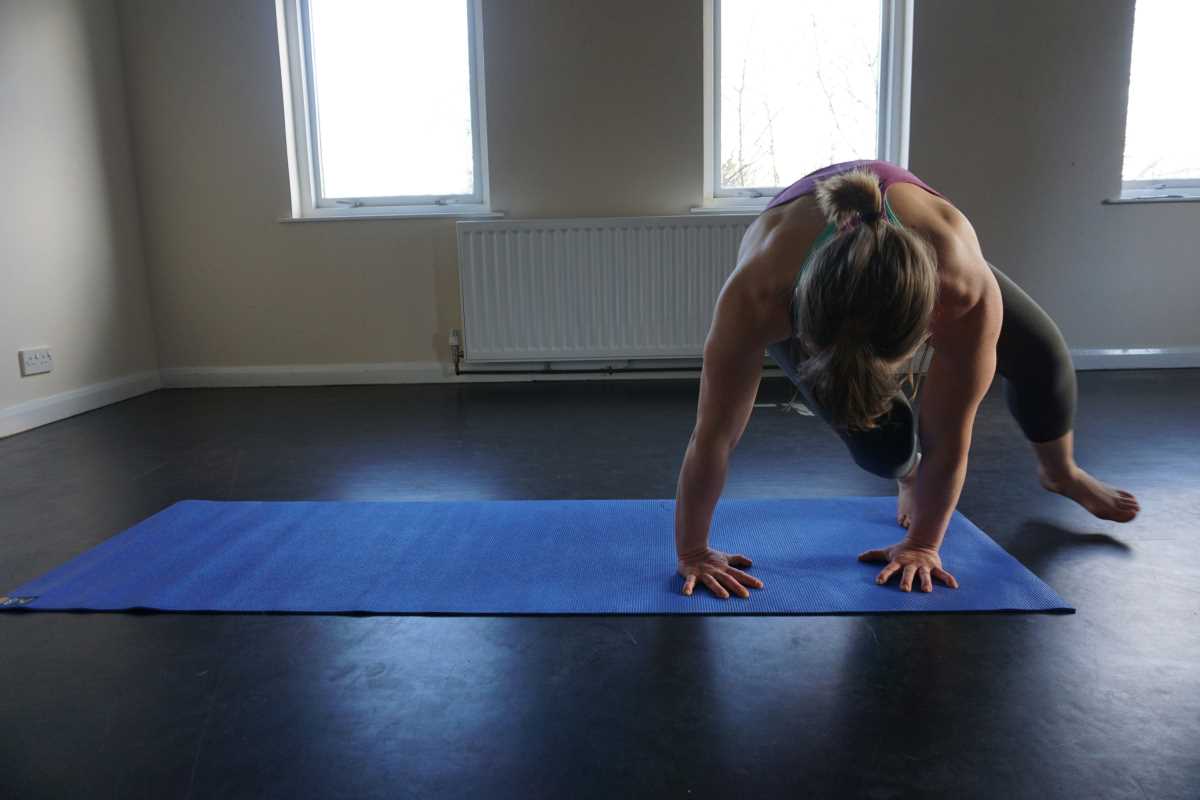 (Image via
(Image via.jpg)
